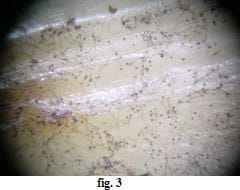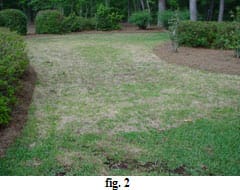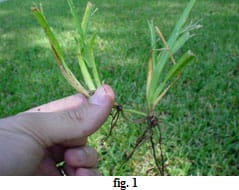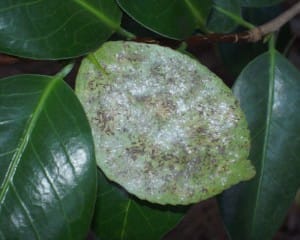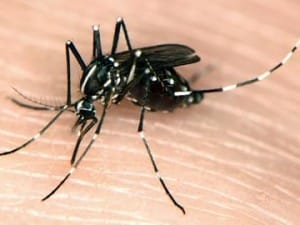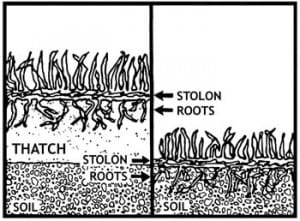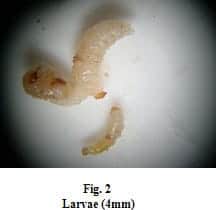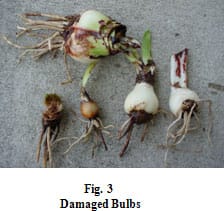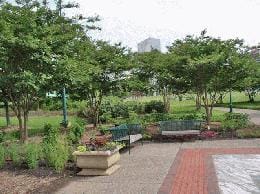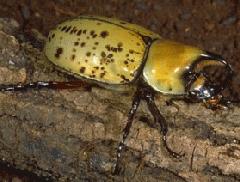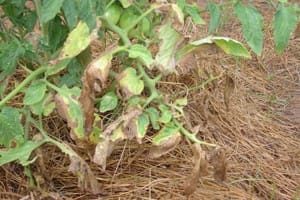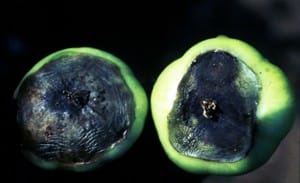Source(s): Stephen D Pettis
Winter is a tough time for avid gardeners. We struggle to find something to do in the yard after all of the leaves are raked, the perennials divided and the pruning is done. We turn to UGA football for some relief but, alas, it ends all too soon. We rack our brains and scour gardening books for ideas but eventually wind up wandering aimlessly around our yards in the months of January and February when the weather is nice enough to get outside.
Inevitably we wind up in the tool shed. There we see all our tools there still dirty and grimy from the summer’s toil. Your favorite shovel has red clay caked on it, the pruners are nearly stuck with sticky sap in the blades, and both are dull. Our hosepipe lies in a heap like a dead snake in the corner and the wheelbarrow has a flat tire. The spirit lifts now that some purpose has come back into the poor gardener’s existence. There are tools to be maintained.
The first tool to get the treatment should be our favorite shovel. This tool is, after all, the one instrument that sees the most use in the garden and serves us unfailingly all summer. Using a strong stream of water and a brush, remove any caked on mud and plant debris. Be sure to pay attention to the shank (the area where the handle inserts into the shovel blade) because bits of roots, soil, and plant debris can get stuck in there. This a good place for plant diseases to hang out until next year.
Next sharpen the business end of the blade to a working edge not a razor’s edge. A working edge is one that is slightly blunt (a 15-20 degree angle) and is not quite sharp enough to cut you. It will last much longer than a narrow edge. Use a wire brush or some steel wool to clean any remaining debris and rust from the blade. Apply a light coat of oil to the blade. If the shovel has a wooden handle, use sand paper to smooth any rough patches and oil with linseed or tung oils. Store your shovel for the winter by hanging it on the wall instead of standing it up in the corner to avoid damage to the edge.
After working on the shovel, tackle the pruners. Use a rag and a solution of bleach to clean the blades of bypass and anvil pruners. Scrub any difficult to remove crud with steel wool and oil the hinge and spring with a household lubrication product such as WD40. Sharpen the blade to a 40-45 degree angle with a metal file being extra careful not to cut yourself. ALWAYS WEAR GLOVES WHEN SHARPENING TOOLS! If the pruners have removable blades, consider replacing them. Store the pruners in a locked cabinet or drawer to prevent children from playing with them and getting hurt.
Finally, take care of that old wheelbarrow. Clean the tire, handles and the tray with water and soap. Tighten any nuts or screws that might have loosened over the summer. Read the tire pressure requirement on the side of the tire and fill it with air. Use a bicycle tire pump instead of an air compressor. A really powerful compressor can burst a wheelbarrow tire sending tire shreds flying. Most wheelbarrows have sealed wheel bearings so greasing or oiling the wheel isn’t necessary. On the off-hand chance yours has a grease fitting, use regular trailer grease and a grease gun. Store the wheelbarrow inside if you can or if you have to store it outside, turn it upside down to prevent water from standing in the tray.
There are many tools in our shed that we seldom use or that don’t really require much maintenance. Simply hose off your pick, mattock, flat shovel and rakes. Drain and roll up your hoses. Hang all of your tools if you have the means to keep them from taking up too much room in the corner. Hopefully, maintaining your gardening tools will keep you busy for a while and prevent you from wandering aimlessly around your yard…like I do.
